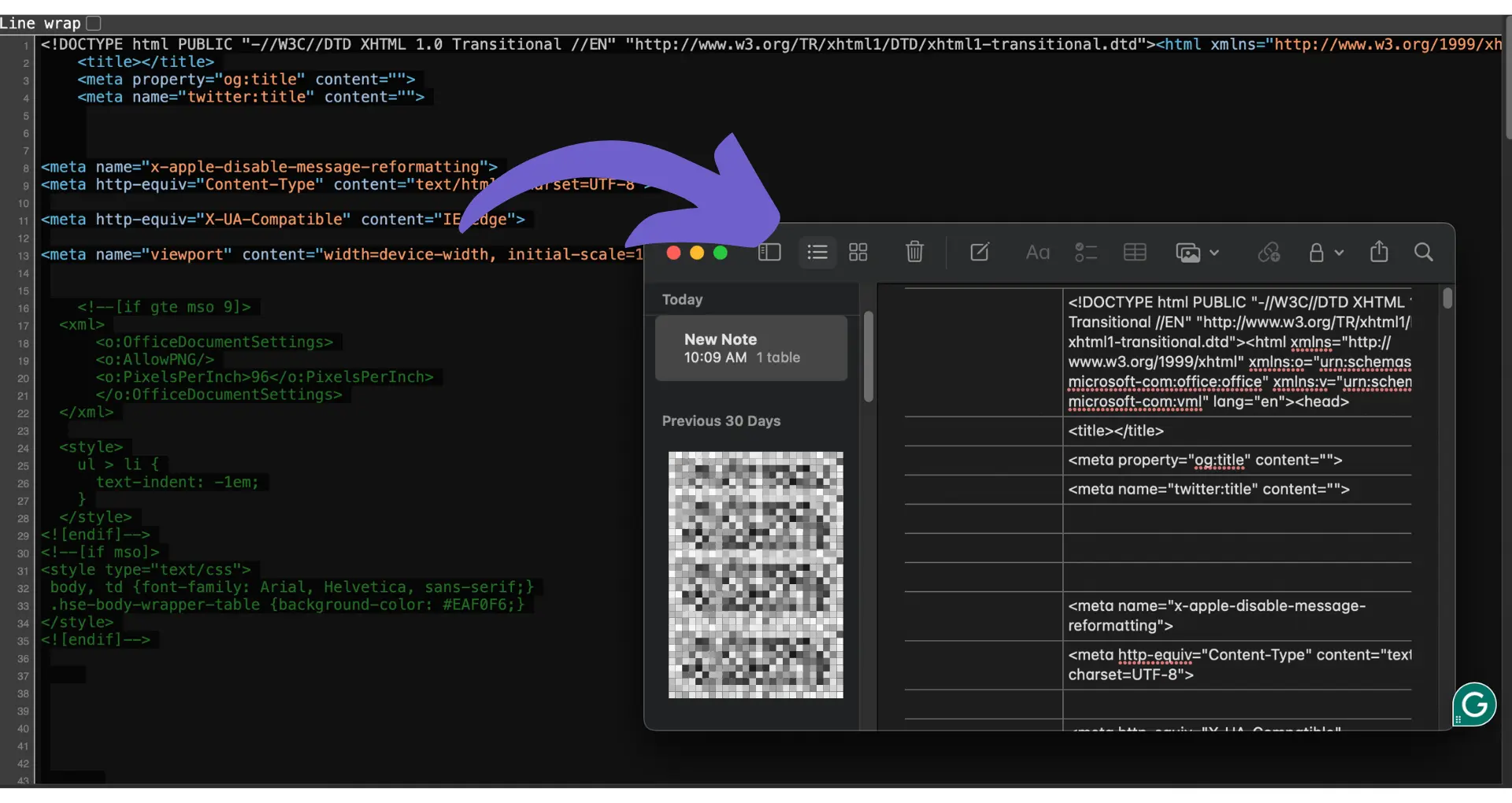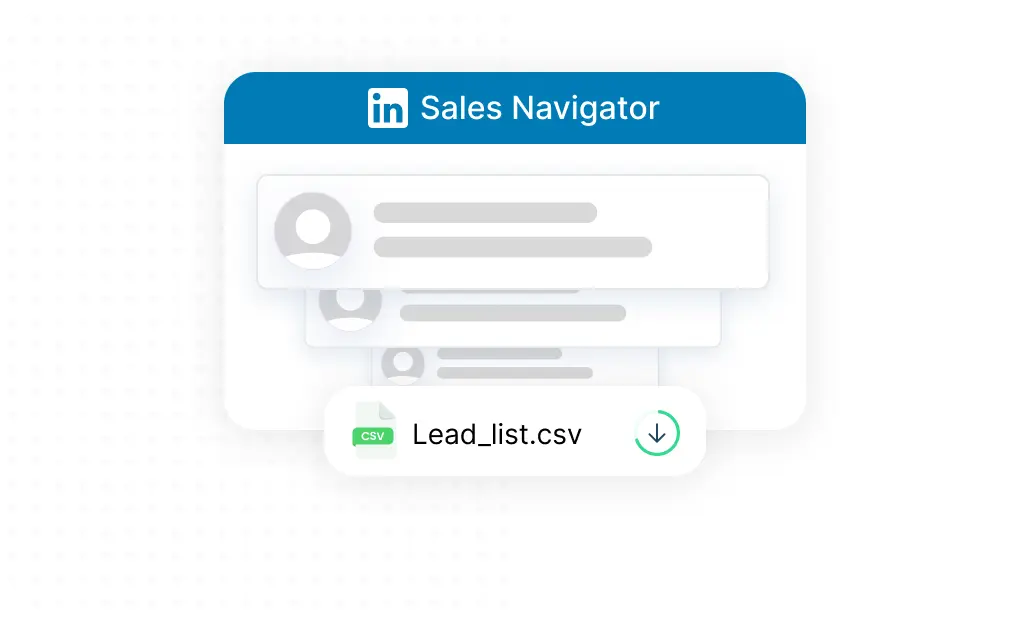Tired of manually adding signature fields to your DocuSign documents? Our simple guide will show you how to streamline the process and save time. You'll learn the basics of uploading documents, placing signature fields, and setting signing order.
Plus, we'll cover advanced options like conditional fields and anchor text tags. By the end, you'll be a DocuSign signature field pro, closing deals faster than ever. Let's get started!
Step-by-Step Guide to Adding Signature Fields in DocuSign
Adding signature fields in DocuSign is a straightforward process that involves uploading a document, preparing it for signatures, and placing the signature fields. In this guide, we'll walk you through each step, defining key terms like templates and envelopes, and showing you how to assign fields to specific signers and set the signing order.
1. Upload and Prepare Your Document
Start by logging into your DocuSign account and uploading the document you need signed. This could be a contract, agreement, or any other file in a supported format like PDF, Word, or Excel. Once uploaded, the document becomes a template that you can use to create an envelope - the container that holds your document and the signature fields.
Before adding signature fields, review the document to ensure it's complete and error-free. You may also want to add any necessary text, images, or branding at this stage.
2. Place Signature Fields
With your document prepared, it's time to add the signature fields. DocuSign provides an intuitive drag-and-drop interface for placing fields precisely where you need them. Simply select the signature field option and drag it onto the desired location on the document.
If your document requires multiple signers, you can assign each signature field to a specific signer. This ensures each person only sees and signs their designated fields, simplifying the process.
3. Add Other Common Fields
In addition to signatures, you'll likely need to collect other information from signers like dates, names, and titles. DocuSign supports a variety of field types for this purpose. As with signature fields, simply drag and drop the desired field type onto the document.
You can also set certain fields as required, ensuring signers can't complete the document without filling them in. This is useful for collecting essential information and preventing incomplete submissions.
4. Set Signing Order for Multiple Signers
When your document needs to be signed by multiple parties, setting the signing order is crucial. This determines the sequence in which signers receive and complete the document. For example, you may want a manager to sign off before sending to a client for final signature.
DocuSign allows you to easily set the signing order by numbering signers in the desired sequence. This ensures a smooth, logical flow and avoids confusion or delays.
Adding signature and other fields in DocuSign is a quick and user-friendly process. By following these steps and best practices, you can prepare documents for signing with ease.
In the next section, we'll explore some advanced signature field options to further customize and optimize your DocuSign templates.
Advanced Signature Field Options in DocuSign
DocuSign offers several advanced options for customizing signature fields to fit your specific document workflows. These include conditional fields that appear based on signer actions, anchor text tags for automatic field placement, options for locking fields or allowing signer resizing, and choices for signature creation. Let's explore each of these in more detail.
1. Setting Up Conditional Fields
Conditional fields in DocuSign allow you to create a more dynamic signing experience. These fields only appear when certain conditions are met, based on signer actions. For example, you might set up a dropdown menu where if the signer selects "Other", an additional text field appears for them to provide more details.
To create a conditional field, set up your initial field (like the dropdown), then add the dependent field and define the conditions under which it should appear. This capability streamlines data capture and ensures you get all necessary information.
2. Using Anchor Text for Automatic Field Placement
Anchor text tags are a handy feature for automatically placing signature and other fields in your document. Rather than dragging and dropping fields manually, you can set them to appear relative to specific text in the document.
For instance, you might anchor a signature field to always appear below the text "Signature:". If that text moves in the document, the field will move with it, maintaining its proper location. This is especially useful for documents that may undergo formatting changes.
3. Locking Fields vs Allowing Resizing
When setting up signature fields, you have the option to lock them in place or allow signers to move and resize them. Locking fields ensures they remain exactly where you place them, which can be important for maintaining document formatting and avoiding signature overlap.
On the other hand, allowing signers to resize fields can make the signing experience more flexible and user-friendly. Signers can adjust fields to fit their signatures comfortably. Consider your specific document needs when deciding whether to lock fields.
4. Signer Signature Creation Options
DocuSign provides signers with multiple ways to create their signature. They can choose a pre-defined signature style, draw their signature, or even upload an image of their handwritten signature. As the sender, you can decide which options to allow.
For more formal, legally binding agreements, you may want to limit signers to the pre-defined options for consistency and security. For less formal approvals, allowing signer creativity with a handwritten style may be appropriate. Tailor the options to fit your document type and signing requirements.
These advanced field options allow you to fine-tune your signature workflows in DocuSign. By leveraging conditional fields, anchor text, field locking, and signature creation choices, you can create seamless, secure signing experiences. For more on how to automate your sales processes, check out our guide.
Use Bardeen's automation tools to handle repetitive tasks and focus on important work, saving time and increasing impact.
Thanks for sticking with us this far! While adding signature fields may seem daunting at first, you're well on your way to becoming a DocuSign pro. Your future signers will thank you for a smooth signing process.
Conclusions
Knowing how to add signature fields in DocuSign is crucial for efficiently managing digital agreements and approvals. In this guide, you discovered:
- The steps to upload a document, place signature and other fields, assign them to signers, and set signing order
- Advanced options like conditional fields, anchor text tags, field locking, and signature creation choices
By mastering these techniques for adding signature fields in DocuSign, you'll save time, reduce errors, and create smoother signing workflows. For more advanced document automation, consider learning how to integrate Google Drive with other apps to streamline your processes further. Don't let clumsy signature processes bog down your business - become a DocuSign signature field expert today!






